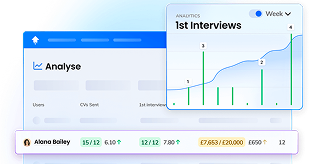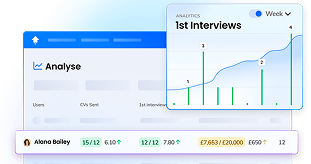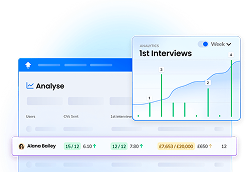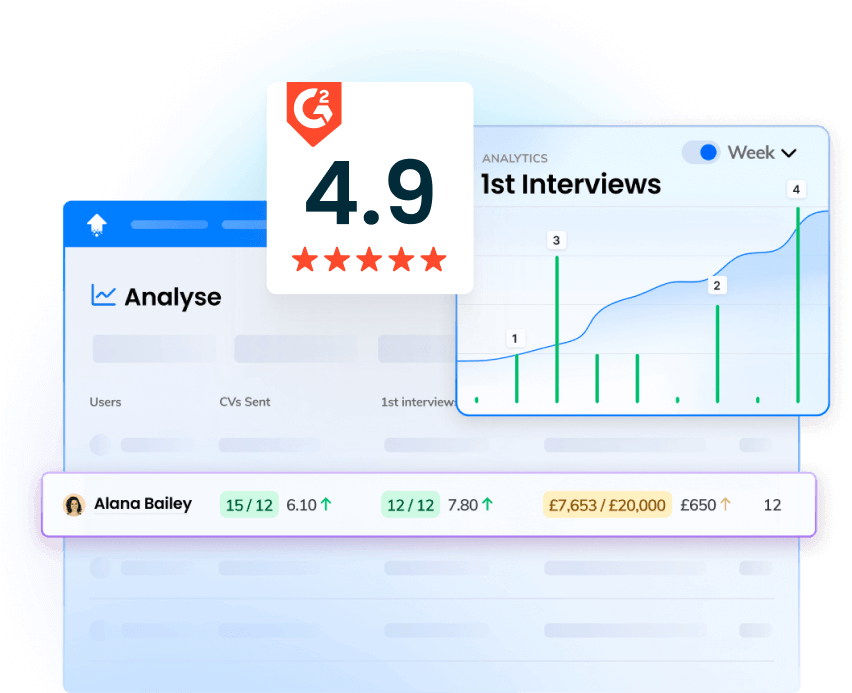It’s a challenging sales landscape out there in 2024.
With many companies tightening the purse strings, sales team motivation is more crucial than ever.
Yet many sales managers lack control of their team’s direction and performance, never being given vital training and insights when promoted from an individual contributor role.
Moreover, they spend 90% of their time running business-as-usual tasks and firefighting — leaving little time for proactivity.
It’s here that sales gamification strategies can be a real game-changer.
Sales gamification gives leaders the insights they need to focus their team on the important stuff while motivating reps to succeed in a highly challenging economy.
In this guide, we’ll take you through the ins and outs of gamification, from the benefits and best practices to how to implement it and measure its impact.
Unpacking Sales Gamification
What is sales gamification?
Sales gamification applies the principles and mechanics of games to the sales process.
This could include:
- Leaderboards
- Competitions
- Missions
- Challenges
- Levels
- Badges
- Celebrations
- Rewards
It is used in sales to more effectively motivate sales reps towards their goals and to encourage them to focus on the activities that matter most to leaders.
Here’s one of the most common gamification examples in sales.
Decide on a goal you want your whole team to work towards. Set this goal on a leaderboard, and challenge your reps to be the first to hit it — with an attractive incentive attached.
Now, display the real-time leaderboard in the office so the whole team can watch their progress and see how they compare to their peers.
Six design principles for corporate gamification were determined in a 2022 study.
These were:
- Rapid feedback
- Team competition
- Clear rules
- Goal-oriented challenges
- Integration with training goals
- Freedom to fail
As an incredible motivational tool, gamification is now used across myriad industries and in both business and consumer-facing settings.
But it works particularly well in sales.
And here’s why.
Gamification taps into the human desire for competition, achievement, and reward.
Every time your sales reps hit a new milestone or meet their goal, their brains release dopamine.
And there’s no feeling quite like it.
This dopamine rush encourages reps to keep competing, chasing after the next reward.
Sales is already an incredibly competitive profession — attracting individuals who live for the moment they bag a considerable deal and secure the commission attached.
Through gamification, you can tap into these competitive tendencies and amplify the win, supercharging your team for success.
This is why sales leaders harnessed some aspects of gamification before other industries jumped on the bandwagon.
Remember the humble sales bell?
But with cutting-edge gamification tools available in 2024, it’s time to step it up.
So, how does sales gamification software work?
With some of the best sales productivity tools like OneUp, you can quickly digitise your gamification efforts.

This sales gamification platform boasts capabilities including:
- Real-time leaderboards that can be shared with the whole team
- Custom sales dashboards for individual reps and teams that show progress towards targets.
- Leagues that show sales reps their progress against that of their peers
- Missions which display a team’s progress towards their target
- Personalised songs and automated broadcasts that help you celebrate a big win























